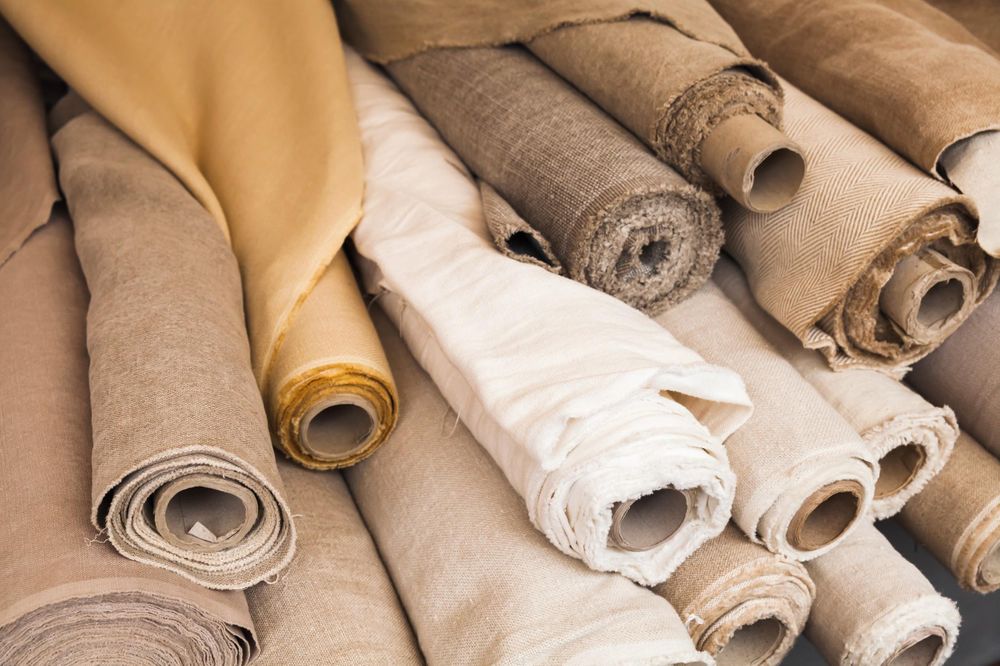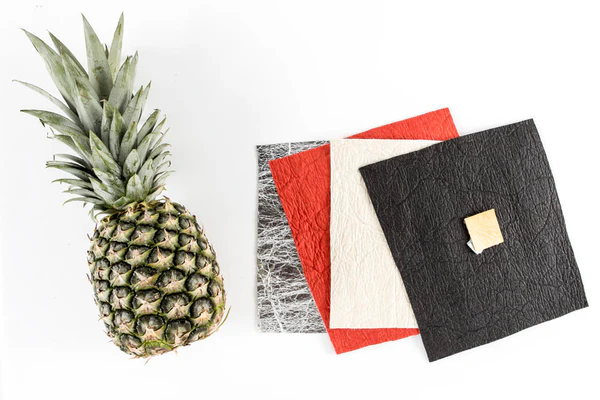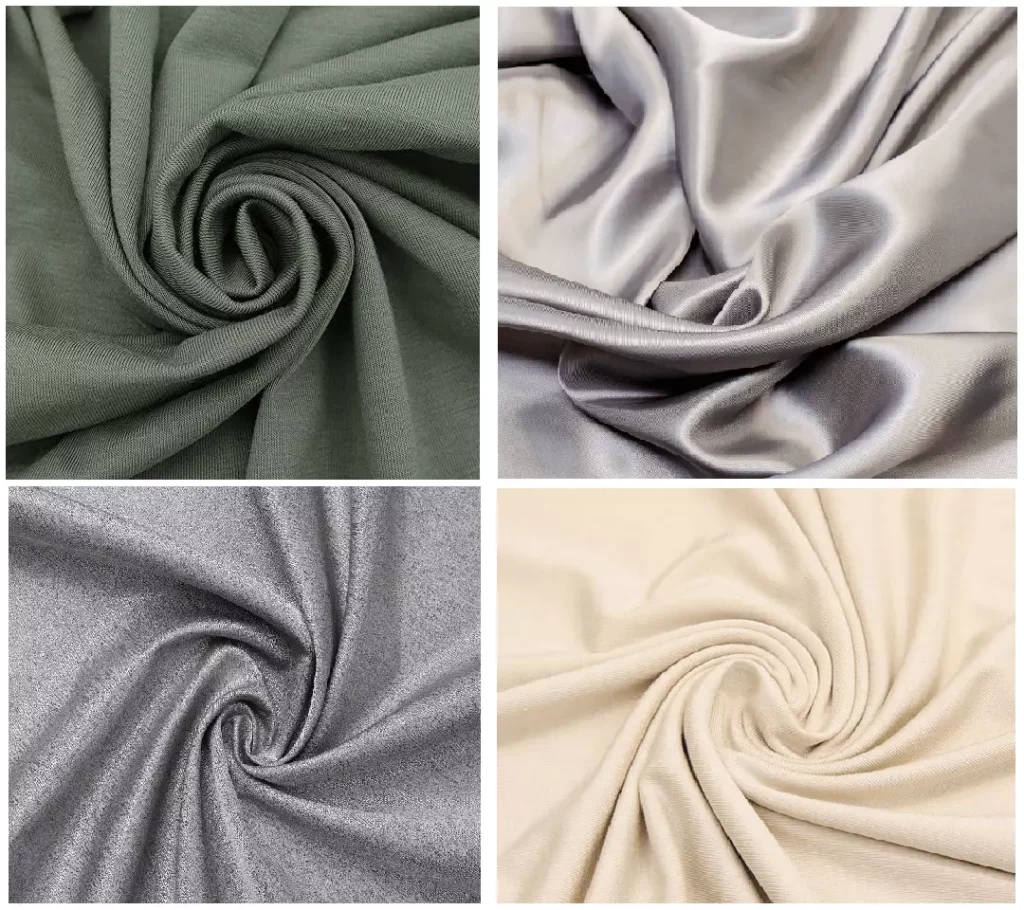When it comes to sustainable fashion, fabric is where it all begins. The materials used in your clothes impact everything—from the environment to how your outfit feels on your skin. But not all fabrics are created equal. Some materials demand huge amounts of water, energy, and chemicals, while others tread much more lightly on the planet. Let’s dive into the world of eco-friendly fabrics, exploring the materials redefining what sustainable fashion looks like today.
Natural and Organic Fabrics

Organic Cotton
Organic cotton is a standout in the fashion industry. Unlike conventional cotton, which relies heavily on pesticides and water-intensive farming, organic cotton is grown without harmful chemicals and uses significantly less water. It’s soft, breathable, and perfect for everything from casual T-shirts to elegant dresses. When you choose organic cotton, you’re not just supporting sustainable farming—you’re also wearing clothes that feel amazing.
Hemp
A material that’s been around for centuries but is only now getting the spotlight it deserves. Hemp grows quickly, requires little water, and doesn’t need chemical pesticides to thrive. It’s also incredibly durable, meaning your hemp clothing will last longer, reducing waste over time. Plus, it softens with every wash, giving you garments that get better as you wear them. If you’re looking for something timeless and eco-friendly, hemp should definitely be on your radar.
Bamboo Fabric
It’s made from the bamboo plant, which is one of the fastest-growing plants on Earth. Unlike cotton, which requires a lot of water to grow, bamboo thrives in harsh conditions and needs little to no pesticides. Bamboo’s eco-friendly production process also requires fewer resources compared to other fabrics, which makes it a great option for consumers who want to reduce their environmental impact.
The beauty of bamboo fabric lies not only in its sustainability but also in its versatile properties. Bamboo fabric is naturally antibacterial, moisture-wicking, and incredibly breathable, making it an ideal choice for activewear and undergarments. It’s also soft and silky to the touch, offering a luxurious feel without sacrificing sustainability. While bamboo fabric has some incredible benefits, it’s important to note that not all bamboo fabrics are created equally. To ensure the fabric is truly eco-friendly, look for those made with sustainable processes like mechanical bamboo processing, as opposed to chemical-intensive methods that can harm the environment.
Linen
Derived from the flax plant, linen is another natural fiber with deep roots in eco-friendly fashion. Like hemp, flax requires little water and grows well without pesticides. Linen is lightweight, breathable, and perfect for warm-weather clothing. It’s also incredibly durable, often lasting for years if cared for properly. With its timeless aesthetic, linen suits everything from breezy dresses to tailored suits.
Plant-Based Leathers

Piñatex (Pineapple Leather)
Piñatex is a revolutionary plant-based leather made from the fibers of pineapple leaves—a by-product of the pineapple industry. This material is lightweight, durable, and perfect for shoes, bags, and even upholstery. By utilizing agricultural waste, Piñatex reduces the need for animal leather while supporting farming communities. It’s a bold, ethical choice for those who love fashion with a conscience.
Mycelium Leather (Mushroom Leather)
Mycelium leather is a futuristic fabric made from the root structure of mushrooms. This plant-based alternative to animal leather is sustainable and biodegradable. It requires far fewer resources to produce than traditional leather, making it a win for eco-conscious consumers. With its luxurious texture and growing popularity among designers, mycelium leather is set to become a staple in high-end sustainable fashion.
Cactus Leather
Cactus leather, made from the prickly pear cactus, is another innovative material shaking up the industry. This vegan leather requires minimal water to produce and is completely cruelty-free. Cactus leather is soft, resilient, and ideal for bags, wallets, and even furniture. Its unique origin and minimal environmental footprint make it a favorite among eco-conscious designers and consumers alike.
Blended Fabrics

Tencel (Modal)
Tencel, often referred to as Modal when sourced from beechwood trees, is a game-changer in the realm of sustainable fabrics. Made from renewable wood pulp, it’s celebrated for its silky softness, lightweight feel, and eco-friendly production process. The manufacturing of Tencel employs a closed-loop system, which means nearly all water and solvents are reused, reducing waste and pollution. This innovative process is what sets it apart, ensuring that Tencel is as kind to the environment as it is to your skin.
Recycled Cotton
Recycled cotton is created from post-consumer or post-industrial cotton waste, like discarded clothing or factory scraps. By reusing existing materials, recycled cotton reduces the need for virgin cotton production, which is resource-intensive. It’s commonly blended with other fibers to maintain strength and durability. Choosing recycled cotton products supports a circular fashion economy and reduces landfill waste.
Blending Technology with Sustainability
Technology is transforming how we think about fabrics, bringing innovation and sustainability together. Lab-grown fabrics, for example, are pushing boundaries by creating materials like lab-grown silk without the need for traditional farming methods. These futuristic fabrics are not only cruelty-free but also require significantly fewer resources to produce.
Similarly, waterless dyeing techniques are gaining traction, offering a way to add vibrant colors to fabrics without polluting water sources. This technology reduces the amount of water and chemicals typically used in dyeing, making it a major win for sustainability. It’s amazing to see how science and fashion are coming together to create solutions that benefit both people and the planet.
Why Fabrics Matter
Each fabric on this list plays a unique role in the movement toward sustainable fashion. From the natural beauty of hemp and linen to the cutting-edge innovation of mycelium and recycled polyester, these materials prove that eco-friendly doesn’t mean compromising on style or quality. By supporting brands that prioritize these fabrics, you’re helping to shape a fashion industry that’s kinder to the planet and its people.
Whether you’re shopping for a breathable linen dress, a durable hemp tote, or a chic cactus leather wallet, your choices make a difference. Sustainable fashion starts with fabrics, and together, we can build a future where looking good and doing good go hand in hand.